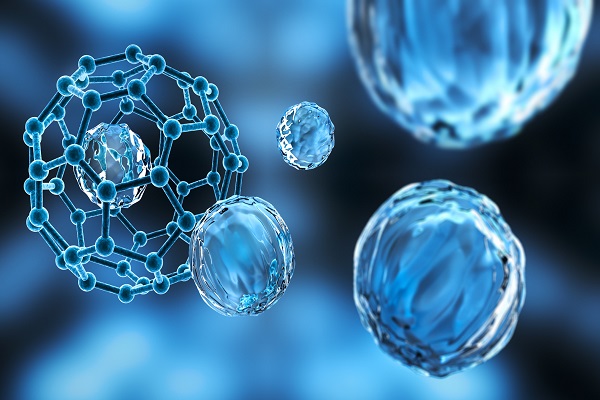Nanoparticles and Electronic Properties (Nano-Ionization Potential) Based on Nano-Microelectronics PhD (Research PhD
Researcher and author: Engineer Afshin Rashid
Note: In nanotechnology, the change in the distance between the particle atoms and the particle geometry also affects the electronic properties of the material when the particle size decreases. The electrical bonds in the metals become finer.
In the structure of the nanoparticles quantity of books more easily available is the ionization potential of ionization potential in the size of small grains (smaller particles) is that by increasing the particle size of the ionization potential of decreasing the ratio of surface to volume make a difference in geometry and structure the e-learning It strongly affects the chemical interactions of matter and, for example, the activity of small particles changes with the change in the number of atoms (and thus the particle size).
Production and Properties of Nanoparticles and Electronic Properties:
In general, chemical reactions to produce materials can occur in any of the solid, liquid and gas states. The common method for the production of solid materials is that by shattering the particles, their contact surface is increased and, further, to increase the permeability of atoms and ions, this mixture is increased at elevated temperatures. In chemistry, so-called materials by which chemical reactions begin, the reactant, and the material that is converted to them during the reaction . The reactants can be solid, liquid or gas. In addition, the reactants are either a stand-alone element or can be in the form of multicomponent compounds. Multi-component compounds are usually called precursors.
Note: Many methods have been developed for the production of nanoparticles or nanostructured particles that include vapor, liquid, and solid state processes.
(Conclusions) of Nanoparticles and Electronic Properties
One of the important properties of nanoparticles is the high surface area to volume ratio of these materials. With this property, powerful catalysts can be produced in nanometers. These nanocatalysts will dramatically increase the efficiency of chemical reactions and will significantly prevent the production of wastes in the reactions. Using nanoparticles in the production of other materials can increase their strength or reduce their weight, increase their chemical and thermal resistance, and alter their response to light and other radiation. However, the use of these materials in the production of nanocomposites is. With the use of nanoparticles, the strength-to-weight ratio of composite materials will increase dramatically.




